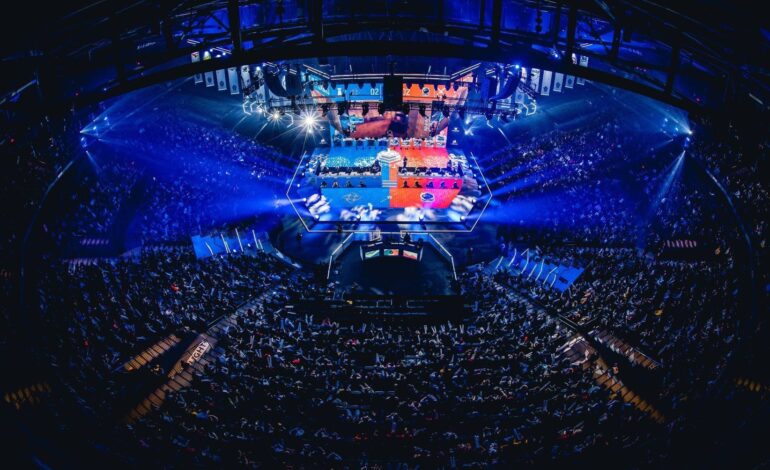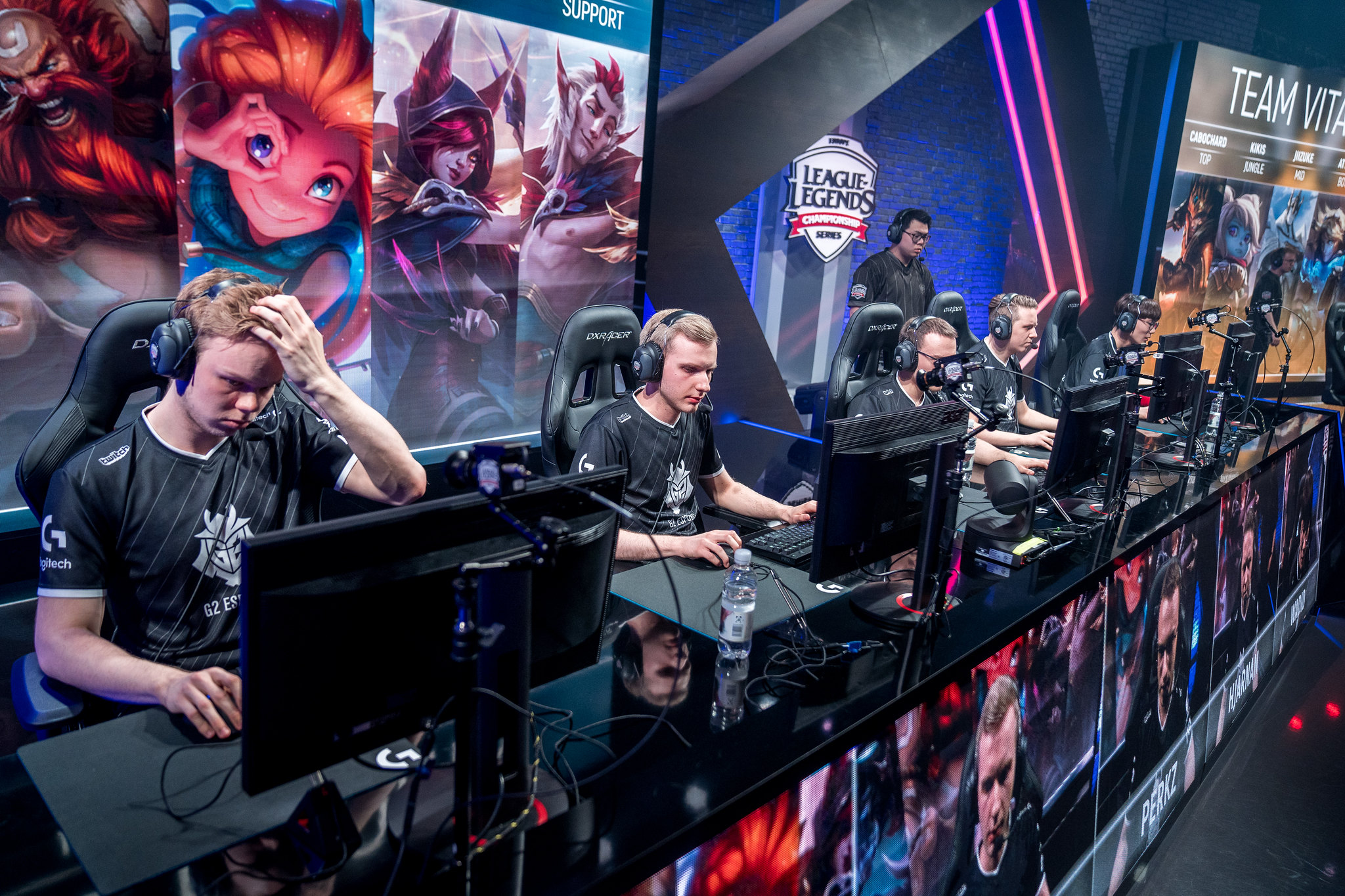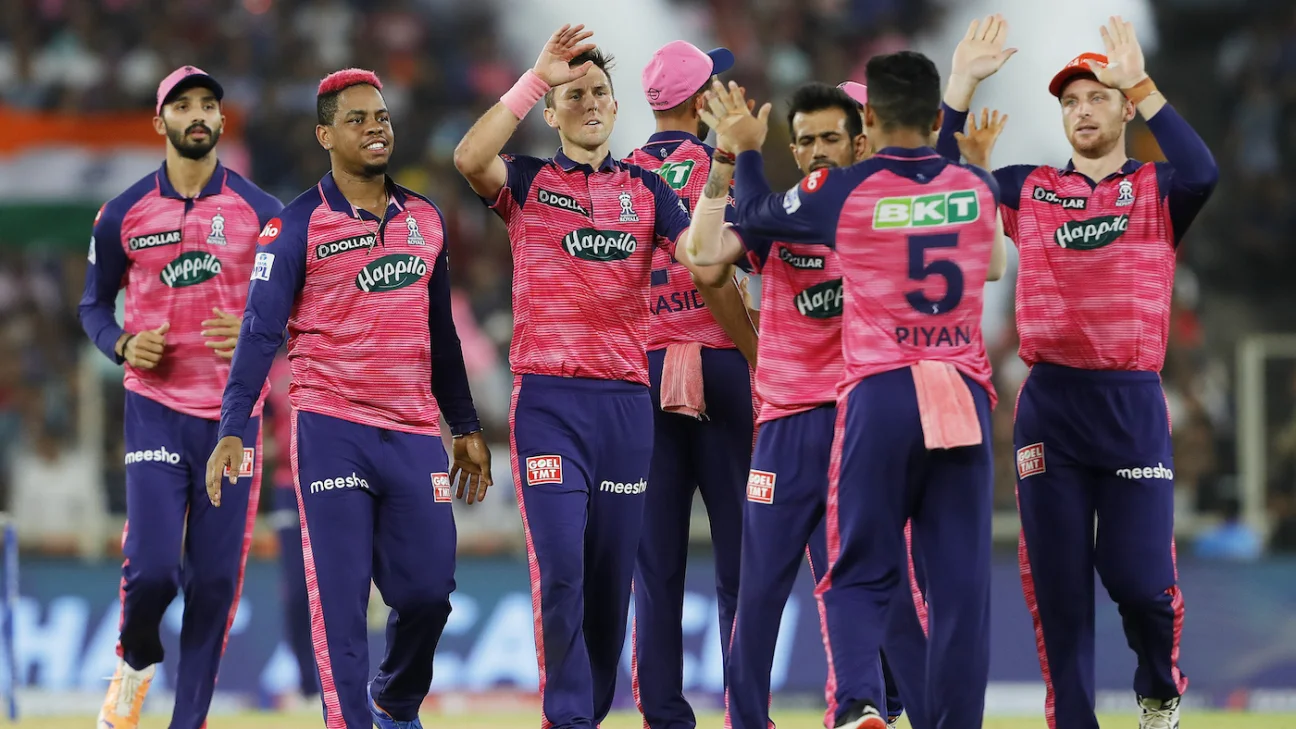The Rise of E-Sports

“`html
The Meteoric Rise of Esports: More Than Just Playing Games
For many, the idea of watching people play video games might seem… unusual. But step into the world of esports and you’ll find a vibrant, rapidly growing ecosystem that’s reshaping entertainment, sports, and even our understanding of competition itself. What started as niche gatherings of dedicated gamers has exploded into a global phenomenon, boasting millions of fans, lucrative sponsorships, and prize pools that rival traditional sporting events. Let’s delve deep into the world of esports: its history, current state, future trends, and why it’s capturing the attention (and wallets) of so many.
A Brief History – From Arcades to Online Arenas
The roots of competitive gaming are surprisingly old. Even before the widespread adoption of home consoles and PCs, arcade games like Space Invaders and Pac-Man fostered early forms of competition. High score competitions were a social event, with players vying for bragging rights and recognition within their local communities. These weren’t “esports” as we know them today, but they established the fundamental desire to test skills and compete for dominance.
The true genesis of modern esports can be traced back to the 1990s with games like *Doom*, *Quake*, and especially *StarCraft*. These titles were perfect for competitive multiplayer play, and LAN parties (local area network gatherings) became a common way for players to compete against each other. The rise of dial-up internet also allowed for early online competitions, albeit slow and often frustrating ones by today’s standards.
Counter-Strike truly helped solidify esports as a legitimate pursuit in the early 2000s. Its accessible gameplay and competitive nature made it popular with a wide audience. Alongside titles like *Warcraft III* and later, *Defense of the Ancients (DotA)*, these games established the foundation for professional gaming leagues and tournaments.
The Modern Esports Landscape: Games, Teams & Leagues
Today’s esports scene is incredibly diverse, with a wide range of games attracting large competitive communities. Here are some of the most popular titles:

- League of Legends (LoL): A hugely popular Multiplayer Online Battle Arena (MOBA) game known for its strategic depth and team-based gameplay. The League of Legends Championship Series (LCS) is one of the biggest esports leagues globally.
- Dota 2: Another dominant MOBA, often considered more complex than LoL, attracting a dedicated fanbase with its intricate mechanics. The International (TI), Dota 2’s annual world championship, boasts some of the largest prize pools in esports history.
- Counter-Strike: Global Offensive (CS:GO): The modern iteration of the classic competitive shooter, renowned for its tactical gameplay and focus on teamwork.
- Valorant: A newer first-person shooter from Riot Games (the creators of League of Legends) quickly gaining popularity with its unique agent abilities and strategic depth.
- Fortnite: While primarily a battle royale game, Fortnite has also seen significant esports growth through competitive tournaments and creative map challenges.
- Call of Duty: A staple in the FPS genre, Call of Duty’s esports scene features both individual and team competitions.
These games are supported by professional teams like Team Liquid, FaZe Clan, G2 Esports, TSM, and many more. These organizations often field multiple teams across different game titles, employing players as full-time professionals.
Alongside the professional teams, numerous leagues and tournaments exist at various levels of competition. Major publishers often sponsor their own leagues (e.g., LCS for League of Legends), while third-party tournament organizers like ESL and DreamHack host large-scale events with significant prize pools.
The Business of Esports: Sponsorships, Streaming & Revenue
Esports isn’t just about the games; it’s a serious business. The industry generates revenue through several avenues:
- Sponsorships: Brands are eager to reach the large and engaged esports audience. Sponsorship deals with companies like Intel, Red Bull, Logitech, and many others provide significant funding for teams, leagues, and tournaments.
- Advertising: Streaming platforms (Twitch, YouTube) generate revenue through advertising displayed during broadcasts of esports events.
- Media Rights: Broadcasting rights to esports tournaments are valuable assets, sold to television networks and streaming services.
- Merchandise: Teams and leagues sell merchandise like jerseys, hats, and other branded goods to their fans.
- In-Game Purchases & Cosmetics: Some games generate revenue through the sale of cosmetic items (skins) that players can purchase for their characters – a significant income stream for game developers.
Streaming platforms have also revolutionized esports viewing, allowing fans worldwide to watch matches and interact with pro players in real-time. Streamers like xQc, Ninja, and shroud are themselves huge stars, attracting millions of viewers and generating substantial revenue through subscriptions, donations, and sponsorships.
The Future of Esports: Trends & Challenges
Esports is still evolving, and several trends are shaping its future:
- Mobile Esports: Mobile gaming continues to grow in popularity, and mobile esports titles like PUBG Mobile and Arena of Valor are attracting large audiences.
- Franchising & League Stability: Many leagues are moving toward a franchise model, where teams pay an entry fee for a guaranteed spot in the league, similar to traditional sports franchises. This aims to create stability and increase long-term revenue.
- Esports Integration with Traditional Sports: We’re seeing increasing crossover between esports and traditional sports, with some professional athletes investing in esports teams or even participating in competitive gaming themselves.
- Accessibility & Inclusivity: Efforts are being made to make esports more accessible and inclusive for players of all backgrounds and skill levels.
However, the industry also faces challenges:
- Player Health and Well-being: The intense training schedules and pressure to perform can take a toll on player health and mental well-being. Addressing these issues is crucial for long-term sustainability.
- Match Fixing & Integrity: Like any competitive environment, esports is vulnerable to match fixing and other forms of corruption. Maintaining integrity is essential for preserving the sport’s credibility.
- Diversity & Inclusion: While progress is being made, there’s still a need for greater diversity in both players and viewership within esports.
Conclusion: A New Era of Competition
Esports has come a long way from its humble beginnings in arcades and LAN parties. It’s now a multi-billion dollar industry with millions of fans worldwide, showcasing incredible skill, strategy, and teamwork. While challenges remain, the future looks bright for competitive gaming – a new era of competition that’s captivating audiences and redefining what it means to be an athlete.
Whether you’re a seasoned gamer or simply curious about this rapidly expanding phenomenon, esports offers something for everyone. So, tune in, learn the basics, and witness the excitement firsthand!
“`



